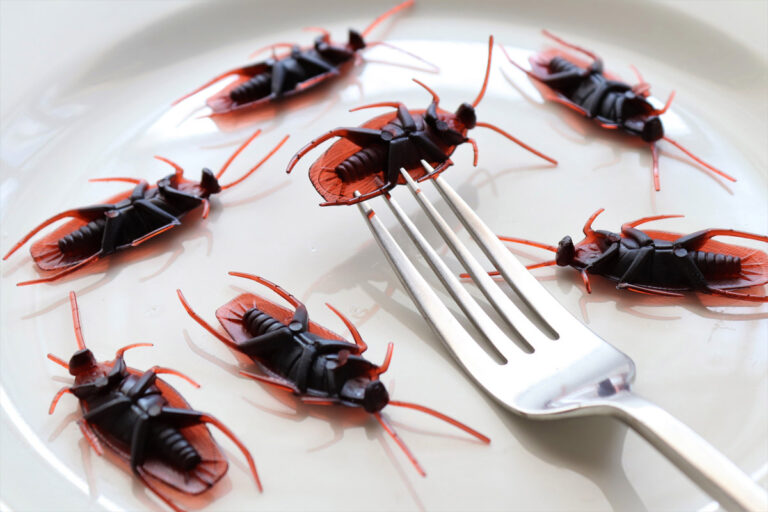This company will pay you $2,000 to release 100 cockroaches into your home
Pest Informer, an American pest control company, is seeking seven homes from across the US to take part in an experiment to trial a new type of extermination method for uninvited guests, and they’ll pay you a whopping $2000 for it. The catch? They want to release 100 cockroaches into your home for as long as a month. Gross.
The Raleigh, North Carolina-based company has developed a new method of exterminating cockroaches and needs seven lucky victims—sorry, participants—to take part in a 30 day-long experiment. However, there’s more to it than just a quick sign-up. The Pest Informer website has a list of requirements to take part in the initiative and they are as follows:
- You must own the home or have written approval from the homeowner.
- You must be 21 years or older to qualify.
- You must be located in the Continental United States
- All tested cockroach treatments will be family and pet safe.
- You must not try any additional cockroach treatments during the duration of the study.
- At the end of the study, if the cockroach infestation hasn’t been eliminated, we will use traditional cockroach treatment options at no cost to you.
- The duration of this study will be approximately 30 days.
Pest Informer will pay each household that takes part in the study $2000 for the trouble and if their new experimental method doesn’t work, then traditional methods will be used to remove the bugs at no extra cost.
The company has over 20 years of experience in the industry, so it’s fair to assume that they know what they’re doing, but letting 100 cockroaches loose in your house and living with the cast of A Bug’s Life for a month? It’s a no from me.





